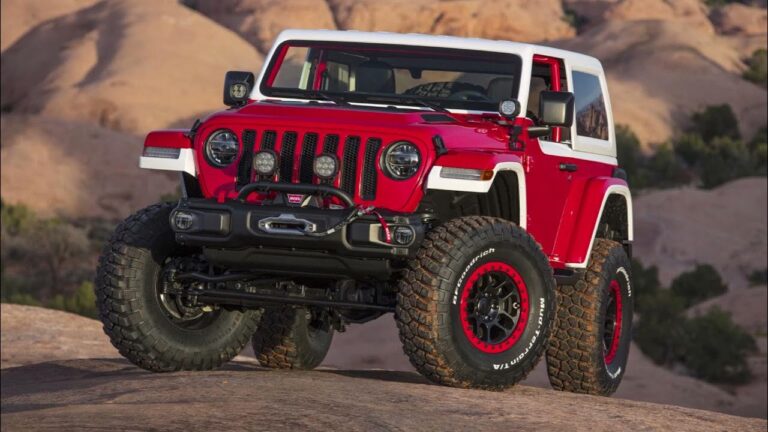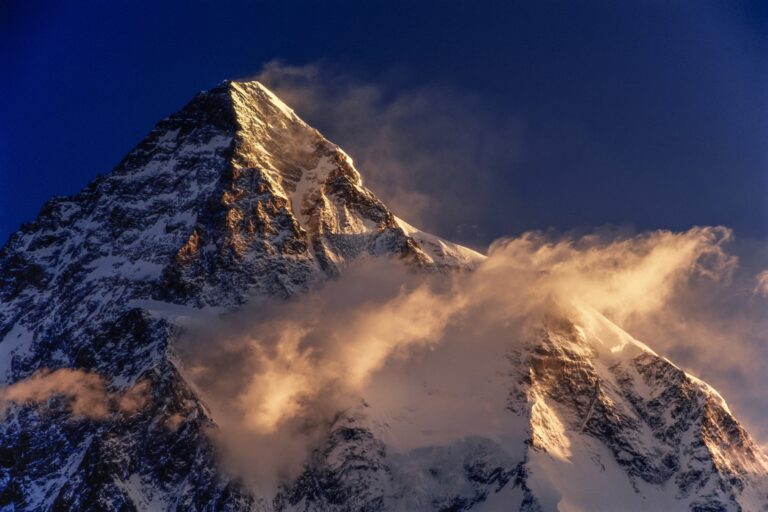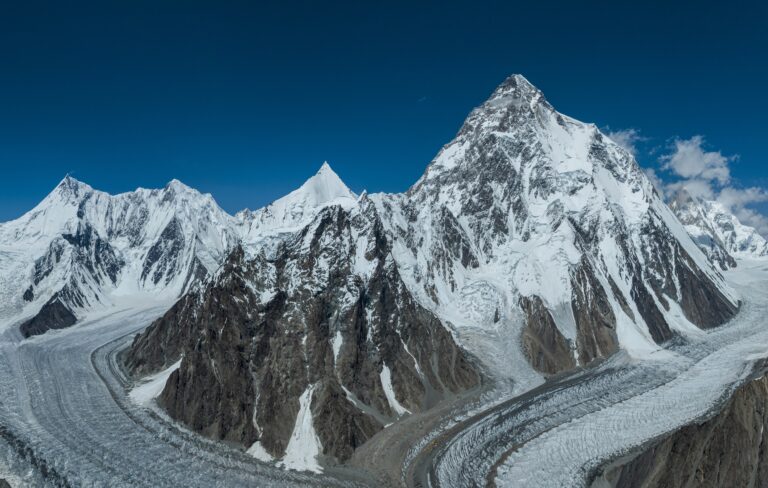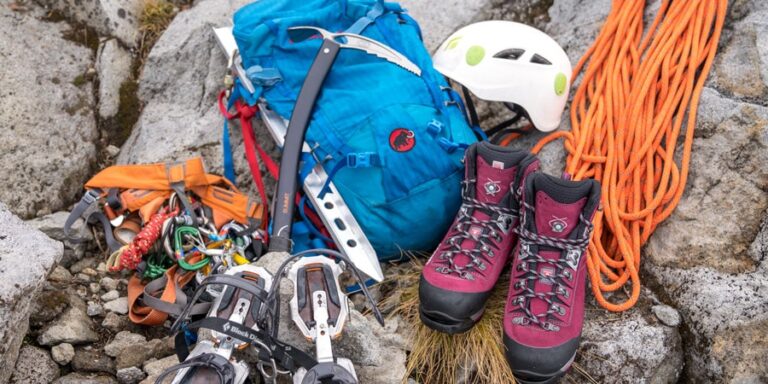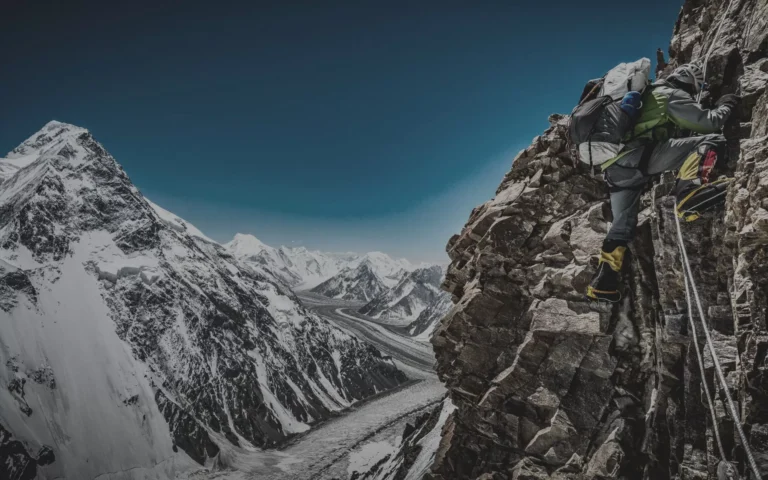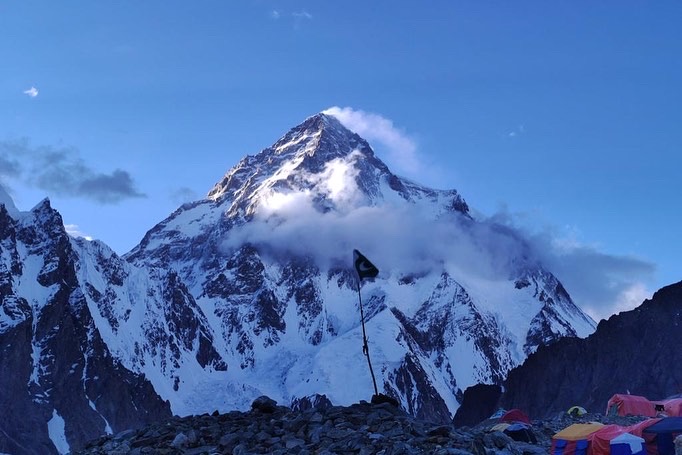Best Time to Visit K2: When to Trek, Climb, and Explore the Karakoram
Best Time to Visit K2, K2, the crown jewel of the Karakoram, is a dream destination for trekkers and climbers alike. But timing your visit is crucial to ensure a safe and memorable experience. In this guide, we’ll explore the Best Time to Visit K2: When to Trek, Climb, and Explore the Karakoram, breaking down seasonal weather, optimal months for expeditions, and key factors to consider when planning your adventure.
Best Time to Visit K2

Karakoram’s extreme weather dictates when you can safely visit K2. Here’s a seasonal breakdown:
- Summer (June–August)
- Weather: Daytime temperatures range from 5°C to 15°C, with nighttime lows dropping to -10°C. Snowfall is rare, but afternoon thunderstorms are common.
- Impact: Summer is the best time to visit K2 for climbing expeditions. Stable weather windows allow teams to summit, though avalanches remain a risk.
- Spring (April–May)
- Weather: Temperatures hover between -5°C and 10°C. Snowmelt begins, but higher elevations remain icy.
- Impact: Ideal for acclimatization climbs and early-season treks. Crowds are smaller, but conditions are colder.
- Autumn (September–October)
- Weather: Crisp days (5°C–10°C) and cold nights (-5°C to -15°C). Skies are clear, with minimal precipitation.
- Impact: Perfect for trekking to K2 Base Camp. Climbers may attempt late-season summits, but shorter days limit opportunities.
- Winter (November–March)
- Weather: Harsh conditions with temperatures plummeting to -40°C. Heavy snowfall and hurricane-force winds make climbing nearly impossible.
- Impact: Only experienced winter climbers should consider visiting. Treks are not recommended due to extreme cold and road closures.

Best Months for K2 Expeditions and Base Camp Treks
The best time to visit K2 depends on your goals:
- Climbing K2: June–August offers the most stable weather for summit attempts. Teams typically spend 6–8 weeks acclimatizing and fixing ropes.
- Trekking to K2 Base Camp: September is ideal, with clear skies and moderate temperatures. April–May is a quieter alternative for those willing to brave colder nights.
Factors to Consider When Planning Your Trip
- Crowds
Summer attracts the most climbers, while spring and autumn see fewer trekkers. If you prefer solitude, avoid July and August. - Weather Windows
Monitor forecasts via Windy or consult local operators like Summit Karakoram for real-time updates. - Festival Seasons
Pakistan’s vibrant festivals, such as Eid and Independence Day (August), can affect logistics and availability. Plan ahead to avoid disruptions. - Permit Timelines
Climbing permits take 8–12 weeks to process. Apply by December for summer expeditions. - Health and Fitness
High-altitude treks and climbs demand excellent physical condition. Start training 6–12 months in advance.
Why Timing Matters: A Case Study

FAQs: Best Time to Visit K2
- What is the best month to trek to K2 Base Camp?
September offers the best weather, with clear skies and moderate temperatures. - Can you climb K2 in winter?
Yes, but only experienced climbers should attempt it due to extreme cold and wind. - How cold does it get on K2 in summer?
Daytime temperatures range from 5°C to 15°C, but nights can drop to -10°C. - Are there fewer crowds in spring?
Yes, spring sees fewer trekkers, but conditions are colder compared to autumn. - What is the risk of avalanches on K2?
Avalanches are most common in late summer due to melting snow and ice.


